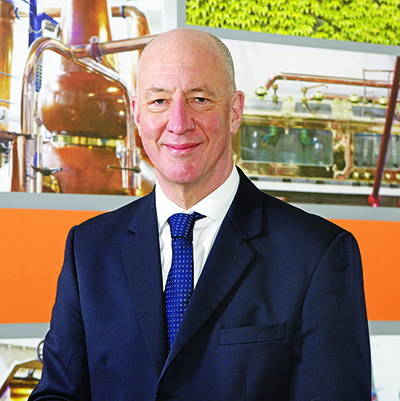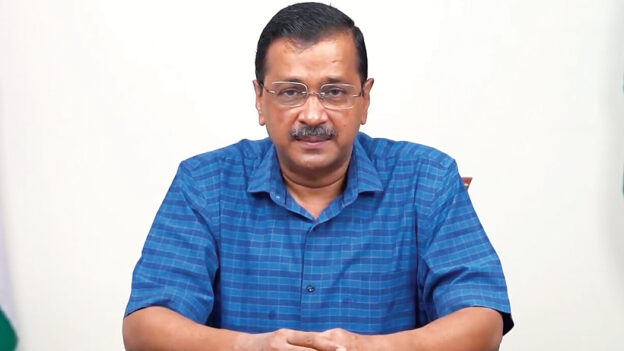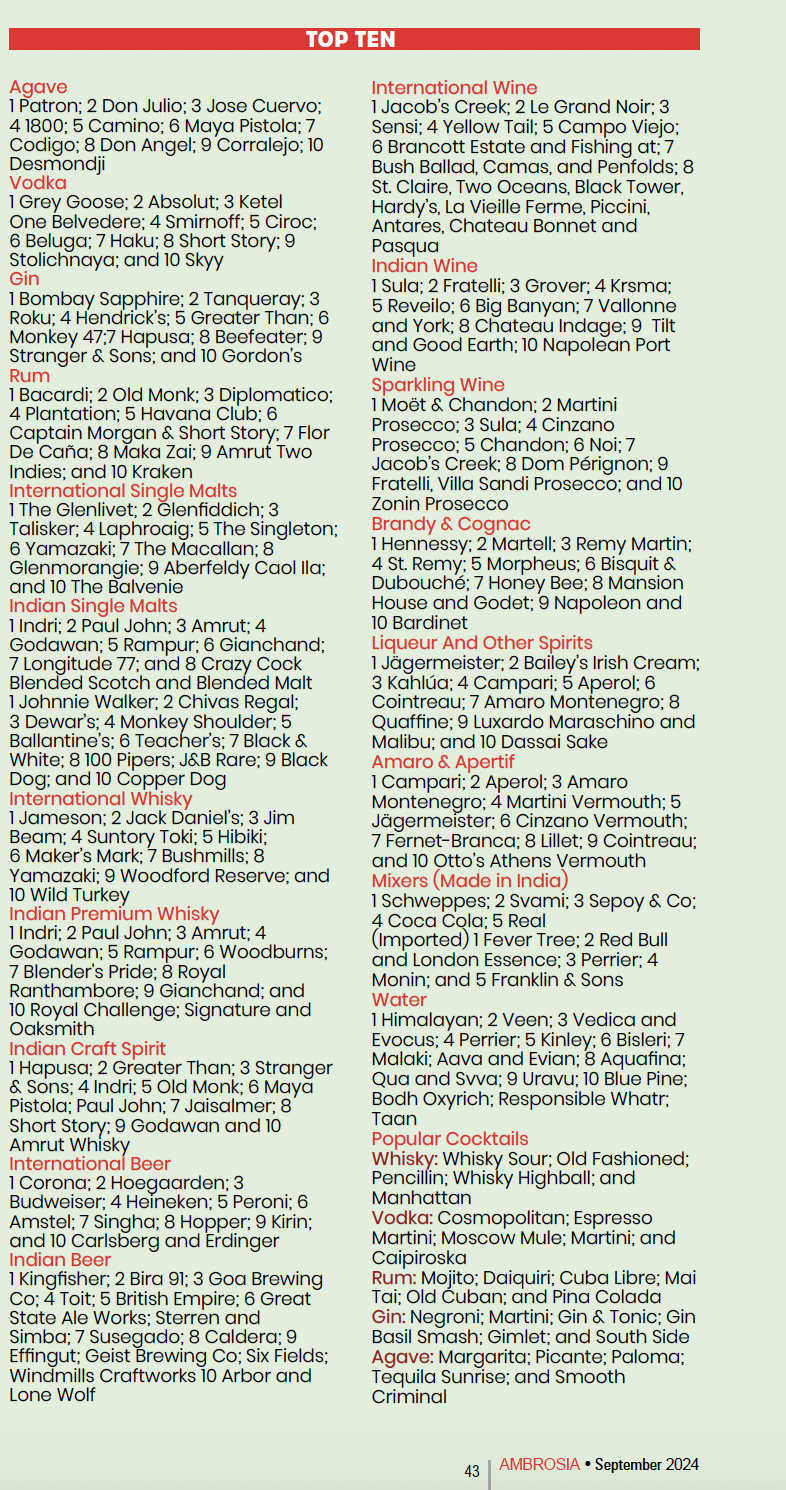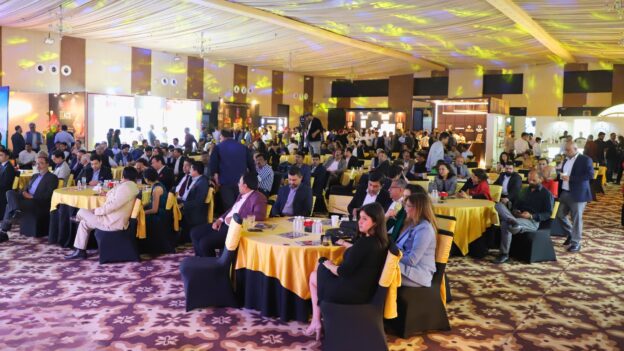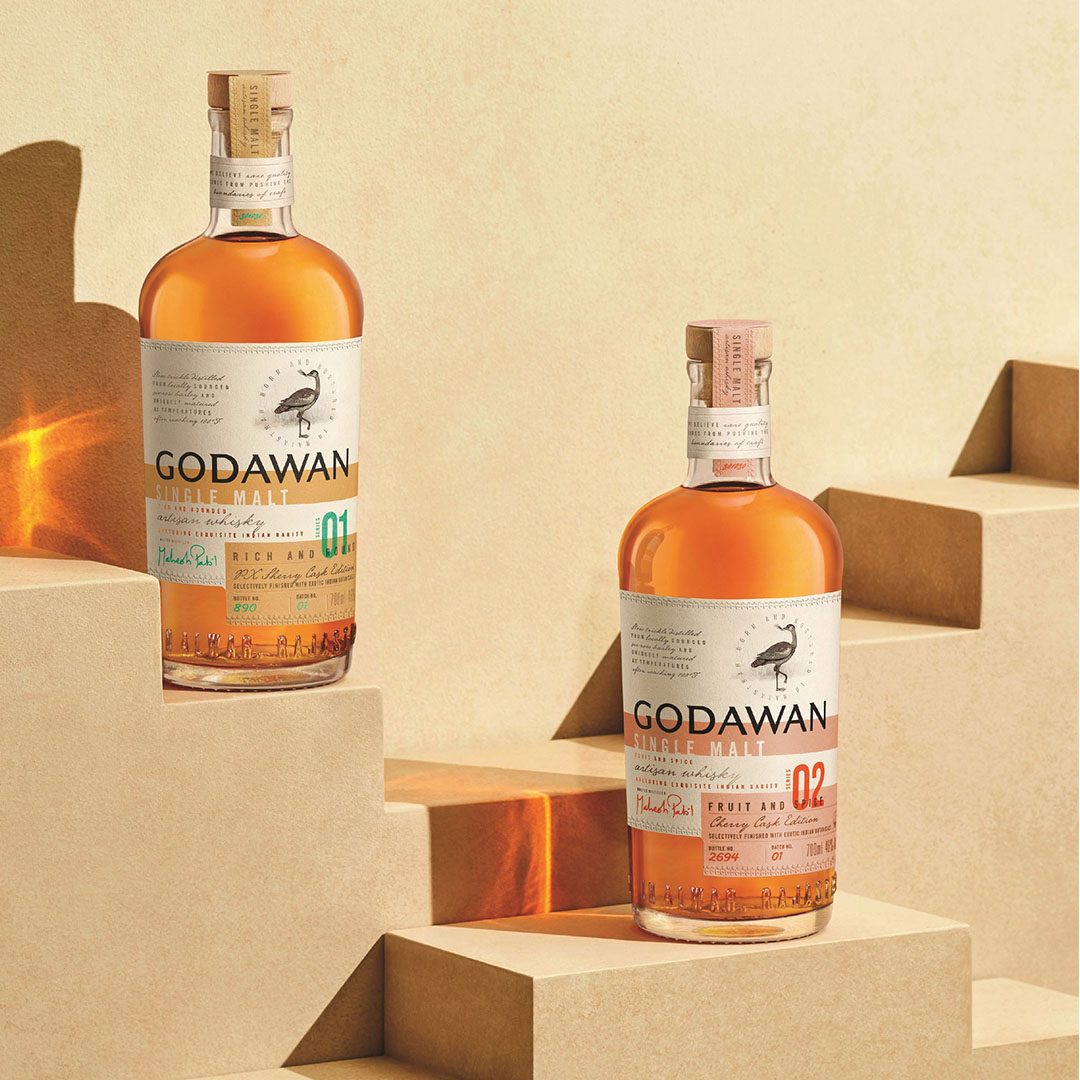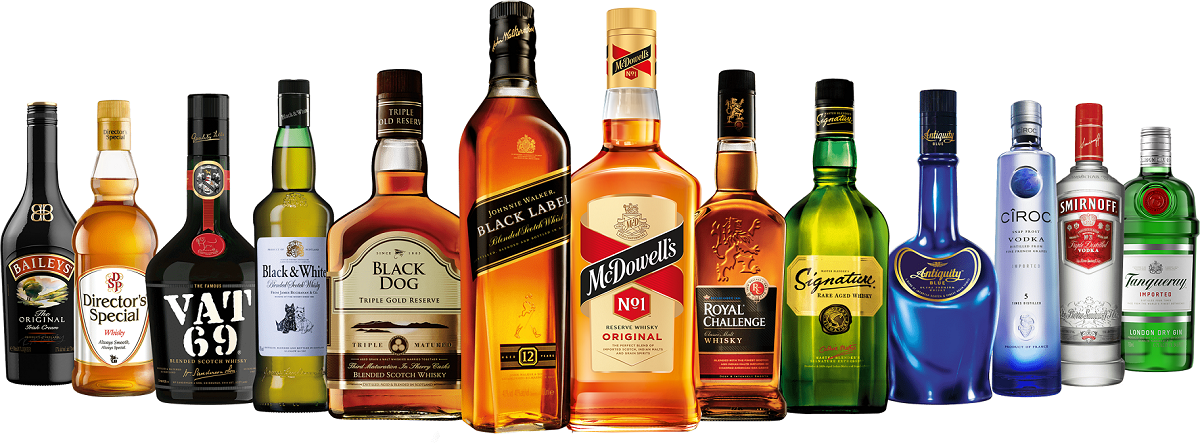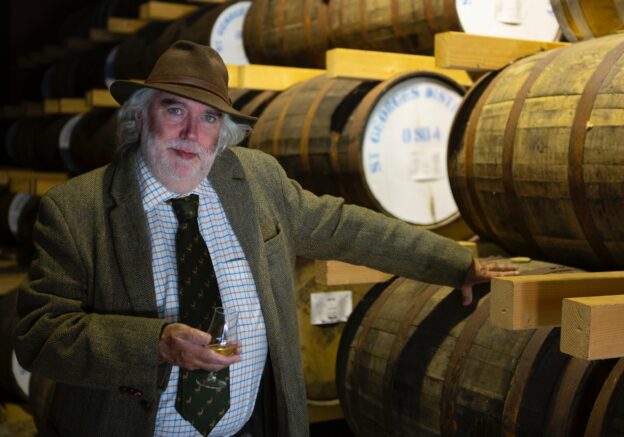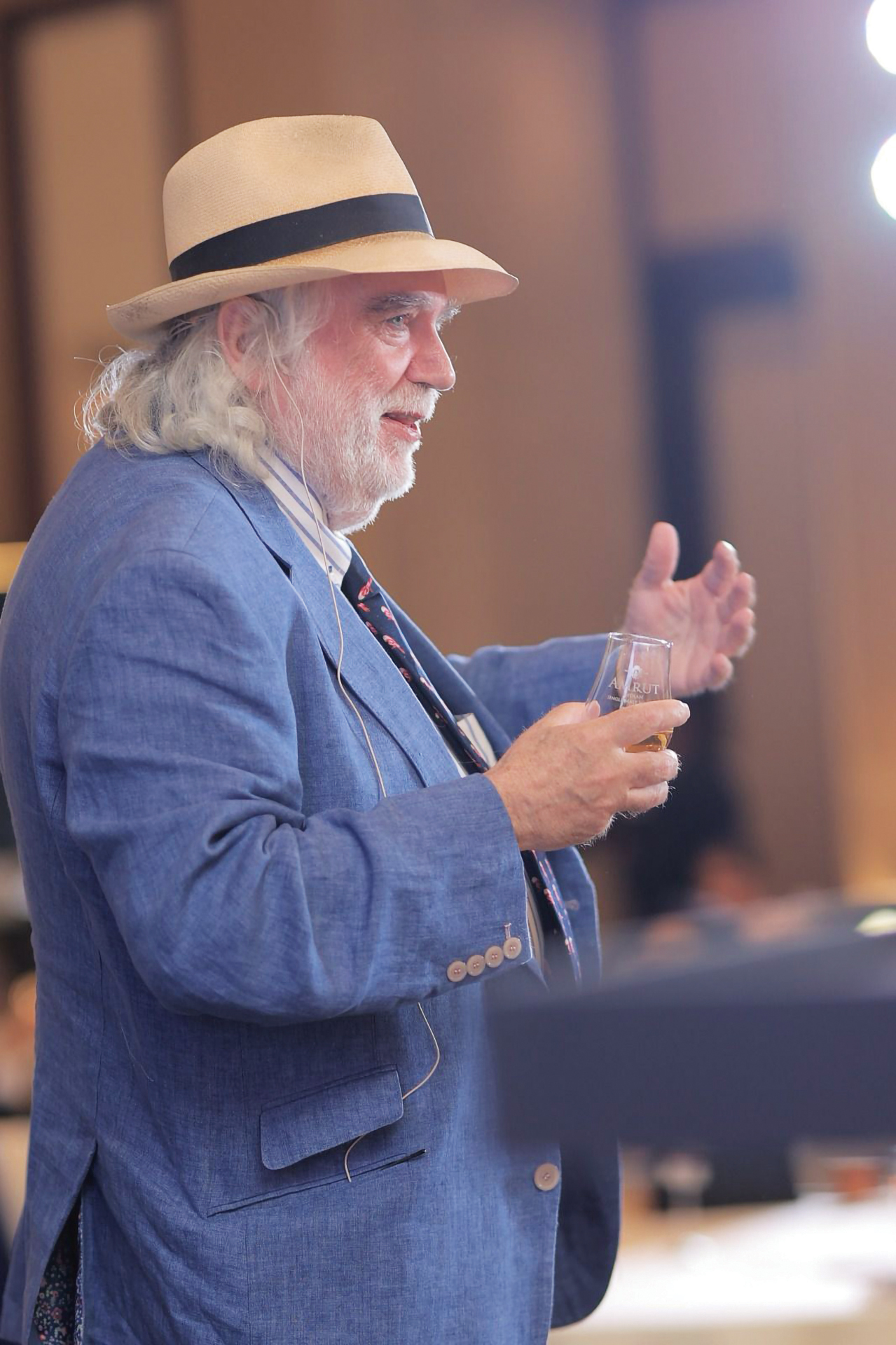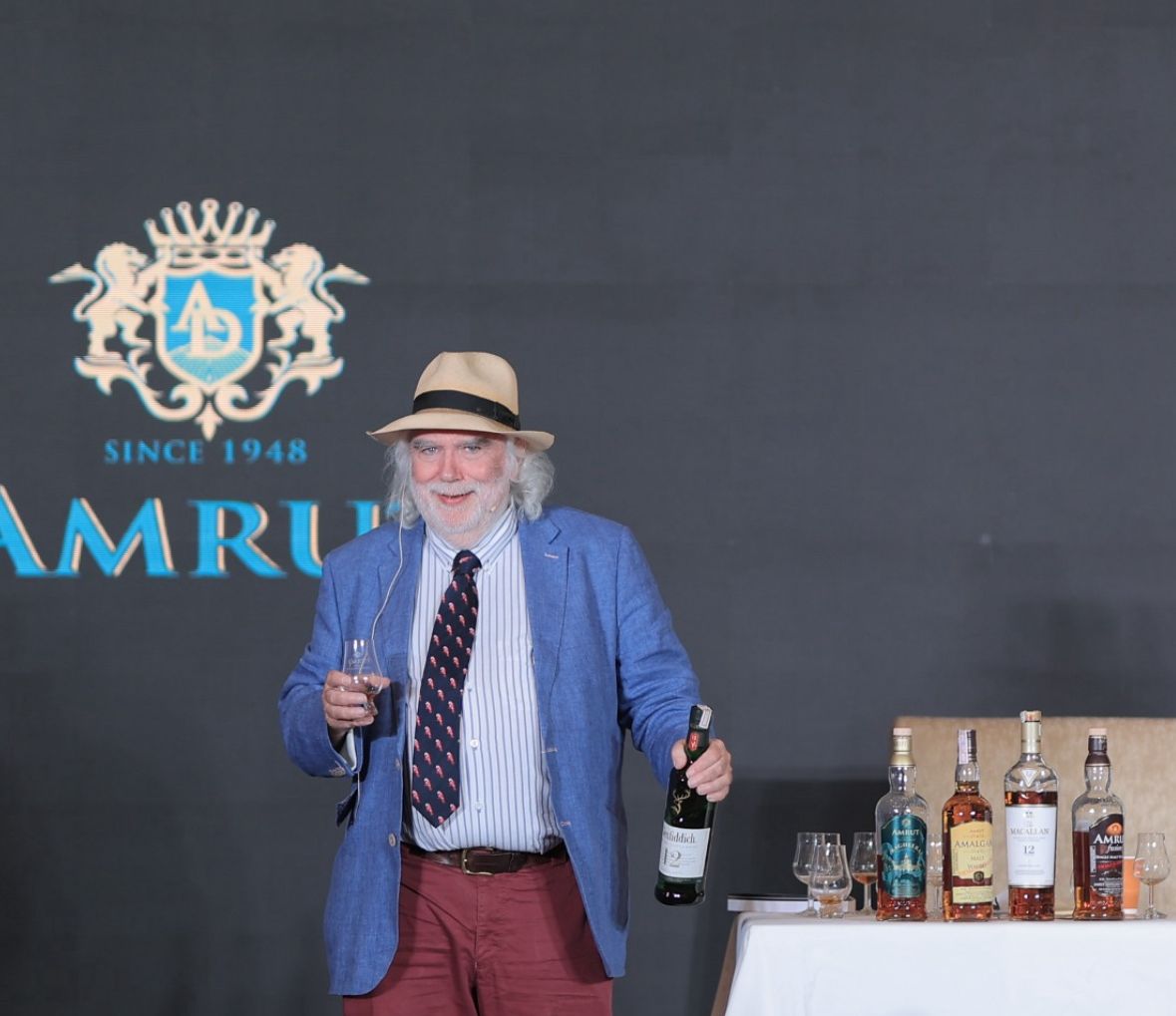As India celebrated Diwali, evolving drink trends revealed a preference for fusion flavours, premium spirits, and wellness-driven options, showcasing a significant shift in festive indulgence.
Diwali, one of India’s most important annual celebrations, is a time to reflect, celebrate, and embrace the spirit of gratitude for all the good the year has brought. For the business world, especially those in the food and beverage sector, it is an ideal occasion to tally gains and analyse consumer trends, as Diwali sparks significant economic activity and provides insights into consumer behaviour as the year winds down.
With this year’s Diwali celebration, it is important to examine India’s beverage preferences during the season and how different products perform. Understanding these trends not only highlights drinking patterns, but also equips the beverage industry, particularly alcobev players, to plan effectively for future festivals.
For example, official sources reveal that liquor sales in Delhi set a new record in the two weeks leading up to Diwali, totaling 38.7 million bottles and generating ₹447.62 crore in government revenue through excise duty. This massive feat, recorded between October 15th and 30th, is largely in preparation for the festivities. Interestingly, 2.98 crore bottles out of the total are Indian Made Foreign Liquor (IMFL), alongside 89.48 lakh beer bottles.
Similarly, sales recorded between October 29 and November 1 in Uttar Pradesh are 25% higher than in 2023, generating ₹7 crore more compared to the previous Diwali season.
We caught up with some renowned players in the alcobev scene to explore what Indians drank this Diwali and how these choices reflect their evolving preferences for celebratory beverages.
Drinking pattern and preferences

What better way to showcase the success of the alcobev industry during this year’s Diwali festivities than to highlight the remarkable performance of this year’s Indri Diwali Collector’s Edition, priced at ₹15,000? With its presence in Gurugram, Haryana, the collection rises to global acclaim, earning the coveted ‘Gold Medal’ at this year’s Whiskies of the World Awards, further building on the success of last year’s edition.

According to Paul P. John, Chairman of John Distilleries Pvt Ltd., the season saw Indians gravitate towards beverages that symbolise festivity and celebration while blending cultural and contemporary influences. This comes at a time when Indians are demonstrating their growing sophistication and creativity through their evolving alcobev preferences.
“We saw a marked preference for beverages that blended traditional flavours with fashionable Indian twists, such as Indian craft spirits like Malhar Gin mixed with regional sharbats like nannari and fuljar soda from Kerala, kokum from Goa, and thandai malhar from Gujarat, Uttar Pradesh, and Rajasthan. These beverages offer a refreshing and festive touch to celebrations. Consumers are increasingly exploring innovative cocktail programmes that emphasise local ingredients and unique flavour profiles,” he explains.

With this trend, brands are responding with festive-themed offers, which prove effective in attracting both regular and new consumers. Rahul Sangoi, CEO & Co-founder of RIO InnoBev Pvt. Ltd., agrees, noting that Indians’ preferences showcase a fusion of timeless tradition and progressive tastes.
“Indian consumers showed a strong preference for flavours that bridge tradition and modernity. Rich, indulgent essences like mango, mixed berries, guava, jeera, mojito, masala chaas, and kokum remained popular due to their cultural relevance. However, there was also a growing interest in refreshing, exotic profiles, such as tropical fruit blends like acai berries, peach, kombucha, and lemon mojito,” he enlightens.

Rajiv Thadani, Managing Director of Goa-based Fullarton Distilleries, echoes this sentiment, stressing a shift toward nuanced taste profiles. “Consumers are gravitating toward spiced and aromatic profiles, which bring warmth and depth to festive gatherings. At Fullarton Distilleries, we embraced these preferences by highlighting Pumori Gin’s subtle botanicals and Woodburns Whisky’s smokey undertones, both of which offer layered, celebratory tastes.”
“Additionally, cocktails infused with Indian spices, such as star anise, cinnamon, and cardamom, were particularly popular as they enhanced the festive feel,” he adds.
Wines also made their presence felt, adding a touch of sophistication to Diwali gatherings. Kaushal Khairnar, Winemaker at Moët Hennessy India, notes, “Indian consumers showed a preference for refreshing and versatile sparkling wines that complemented the lively, celebratory spirit of the season.”
“At Chandon, we catered to these preferences with a diverse portfolio tailored for the Indian palate. Our Chandon Brut and Chandon India Rosé, crafted with 100% Shiraz, provided a crisp and refreshing taste, ideal for India’s warm climate and festive gatherings. For those desiring a sweeter, aromatic option, Chandon Delice was a popular choice, well-suited to everyday celebrations and Diwali festivities. During the festive season, the interest in premium and craft sparkling wines was evident, as consumers sought unique, high-quality options. Chandon’s Vintage 2015, our first-ever vintage sparkling wine, drew attention as a limited, collectible release,” he says.
The cocktail rave
Properly garnished and visually appealing cocktails and mocktails are another common feature during festivities because they add colour and thrill to celebrations. This Diwali was no different. In fact, things were taken a notch higher as mixologists and bartenders sought to outdo themselves in satisfying consumers. As Hemanshu Badola, Mixologist at VietNom, says, “To capture Diwali’s festive flavours, we incorporated the essence of kaju katli combined with marigold flowers into a unique liqueur. This kaju-marigold infusion paired perfectly with any preferred spirit, a touch of citrus, and a splash of soda.”
Speaking further, he says that many Indians also opted for simple cocktail recipes that could be easily prepared at home to capture the Diwali spirit. These included the Pickleback Shot, made with a preferred spirit containing 30ml of jalapeño juice and 30ml of lime juice, and a beer-based cocktail, requiring 40ml of orange juice, 15ml of lime juice, 15ml of passion fruit syrup, and a beer top-up. Spirit-based cocktails were also popular, but for him, the absolute favourite spirit among consumers during the Diwali season was tequila.
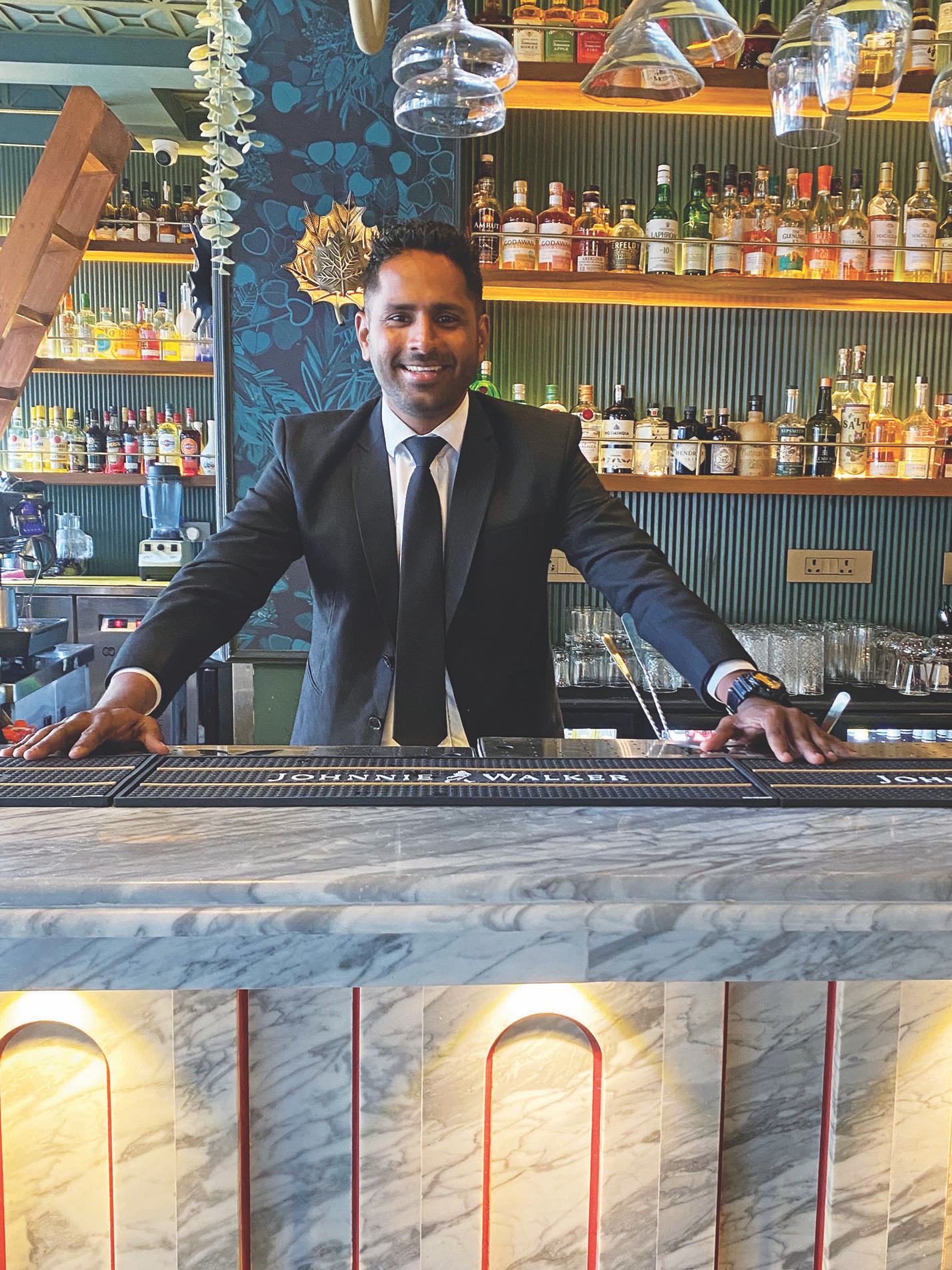
As for Stanley Fernandes, Corporate Bar Manager at Kyma BKC, Mumbai, he treated his customers to a fusion of Indian tradition, seasonal extravagance, and festive nostalgia. “I started with saffron; it’s not just fragrant but luxurious, lending a golden hue that captured the opulence of Diwali. I infused it into gin for a Saffron Gin Fizz, giving the cocktail a floral surprise with rose water and a splash of tonic. Saffron is one of those spices that feels both ancient and festive, and seeing it bloom in the glass creates an instant celebration vibe.
“For a playful take, I brought in chai spices – cinnamon, cardamom, and cloves – which resonate with Indian warmth. Imagine a Chai-spiced Old Fashioned, where the depth of bourbon meets cosy, familiar spice. I served it with a cinnamon stick, so every sip was aromatic and perfect for chilly evenings. And of course, mango had to make an appearance! Though not exactly in season, frozen mango pulp became the star in my Mango Tamarind Margarita,” he muses.
Of premium, craft, and low-alcoholic drinks
Many in the industry believe craft drinks are the next best thing in India’s alcobev industry. Coupled with premium batches, this category offers a distinct experience that denotes luxury and class. As John says, “There’s a clear surge in the consumption of craft spirits during festivals.”
The trend continues as consumers demand quality and a more enriching drinking experience. For Thadani, it is about “the allure of authenticity, exclusivity, and craftsmanship in the premium segment that syncs strongly with today’s consumers, who are shifting away from mass-produced options.”
With a rising consciousness around health and wellness, India is also experiencing a revolution in the beverage industry. Consumers are welcoming low-alcohol and zero-proof cocktails, especially during the festive season, says John. “It’s like they’re finding new ways to enjoy the social side of drinking without always reaching for the high-proof options. People are looking for lighter drinks that still deliver on flavour and experience, allowing them to pace themselves across long nights of celebration and be present for all the events of the season.”
“There’s also an emerging focus on wellness, and people are genuinely appreciating drinks that are lower in alcohol or totally alcohol-free, yet crafted thoughtfully with ingredients that feel festive. Think of herb-infused sodas, spiced tonics, and botanical-based mocktails; these options offer the cocktail experience without the extra kick,” he concludes.


